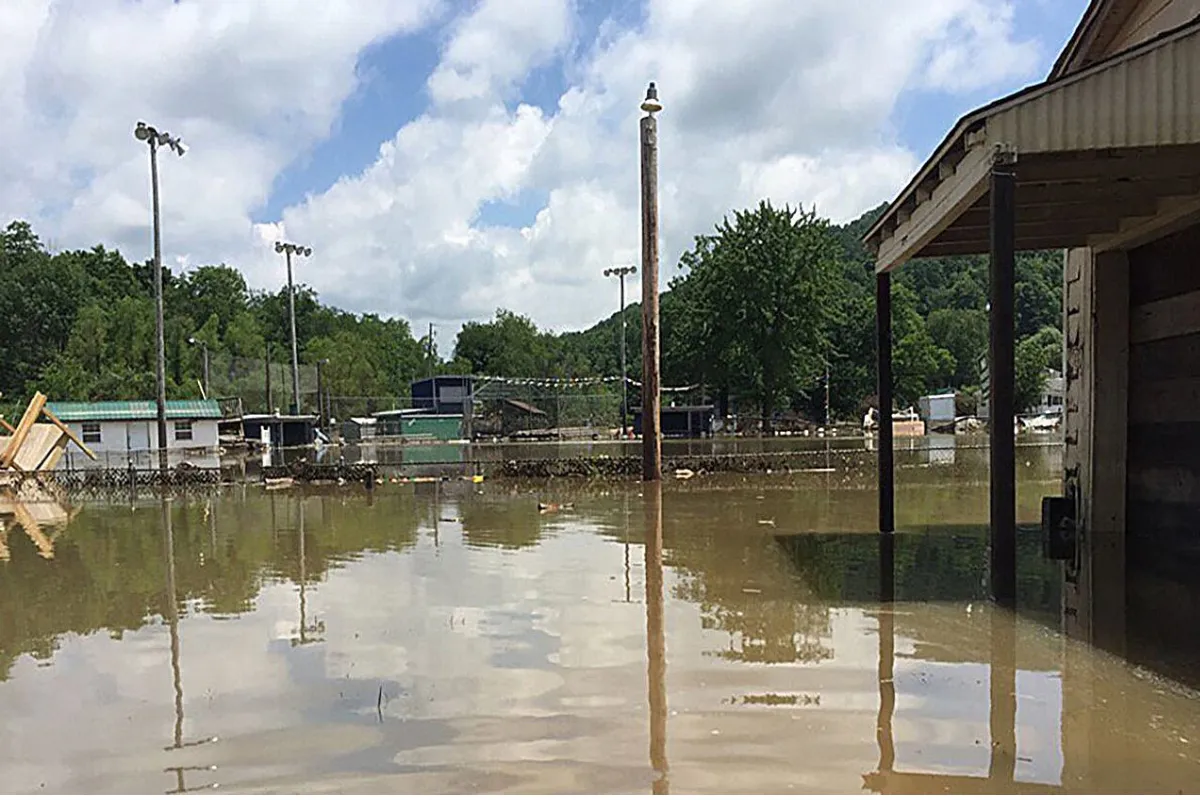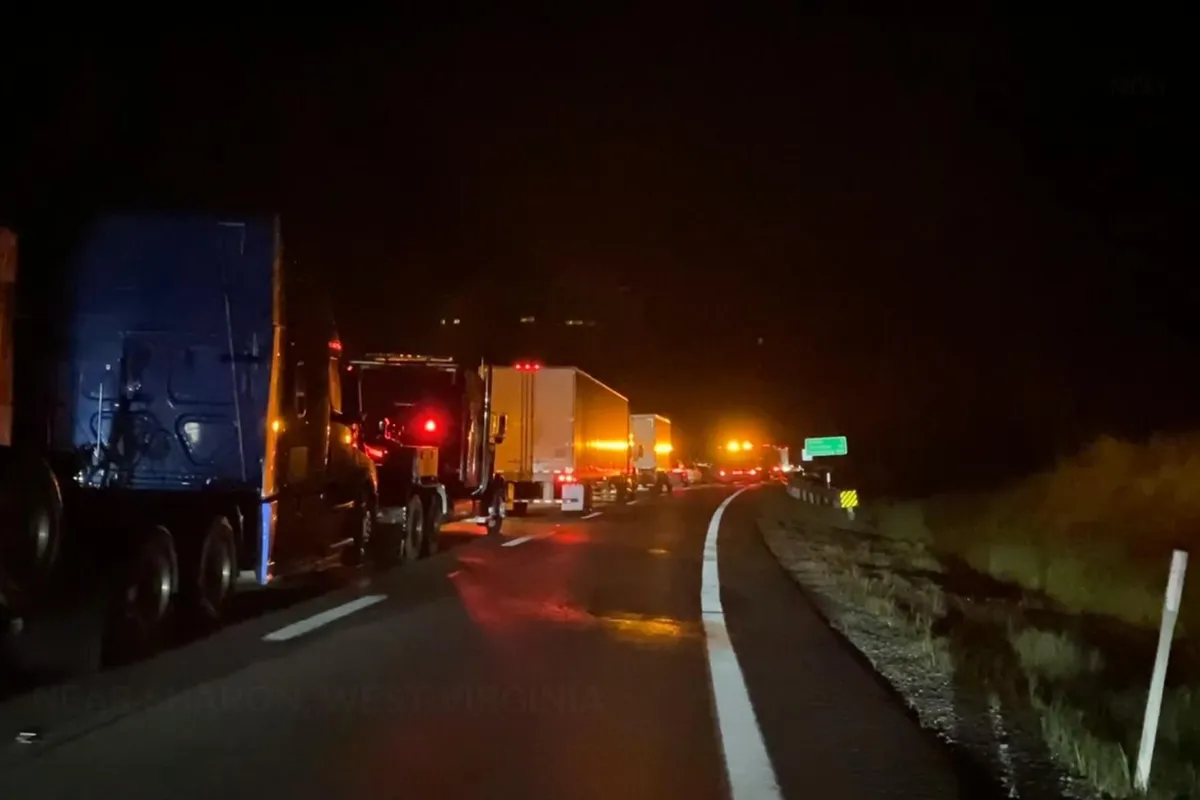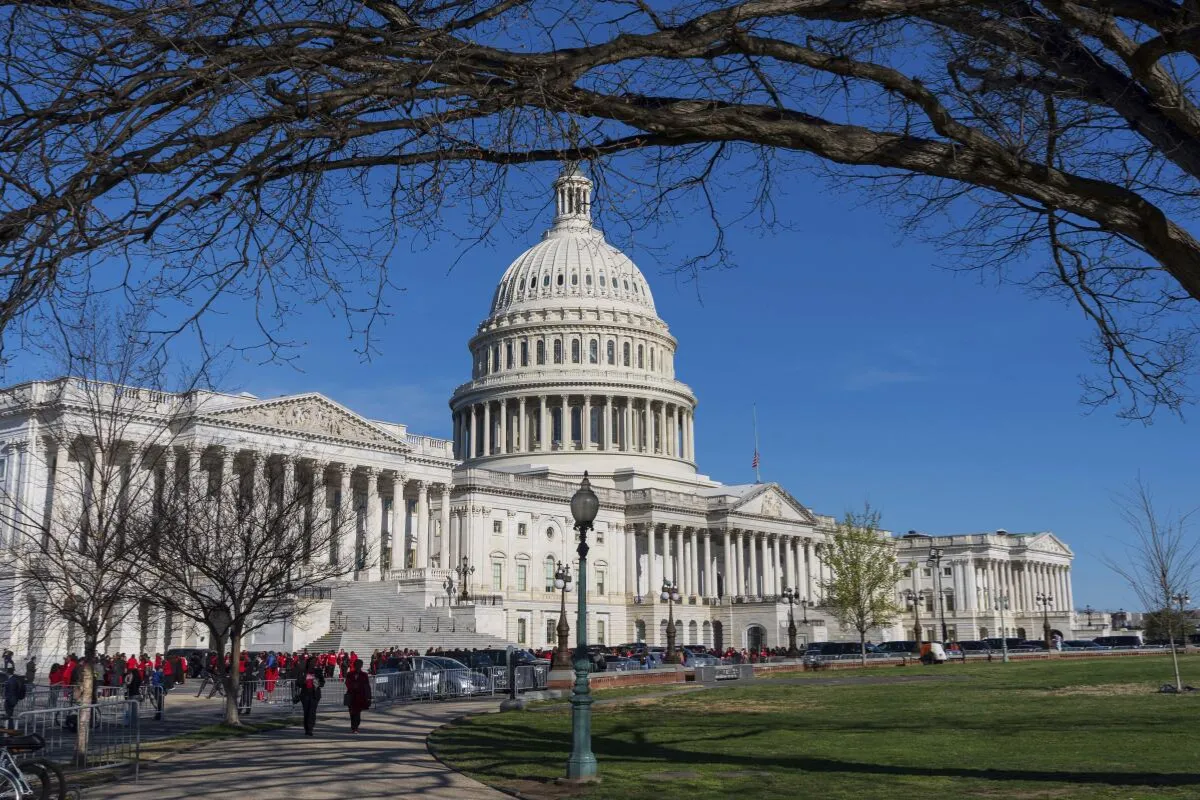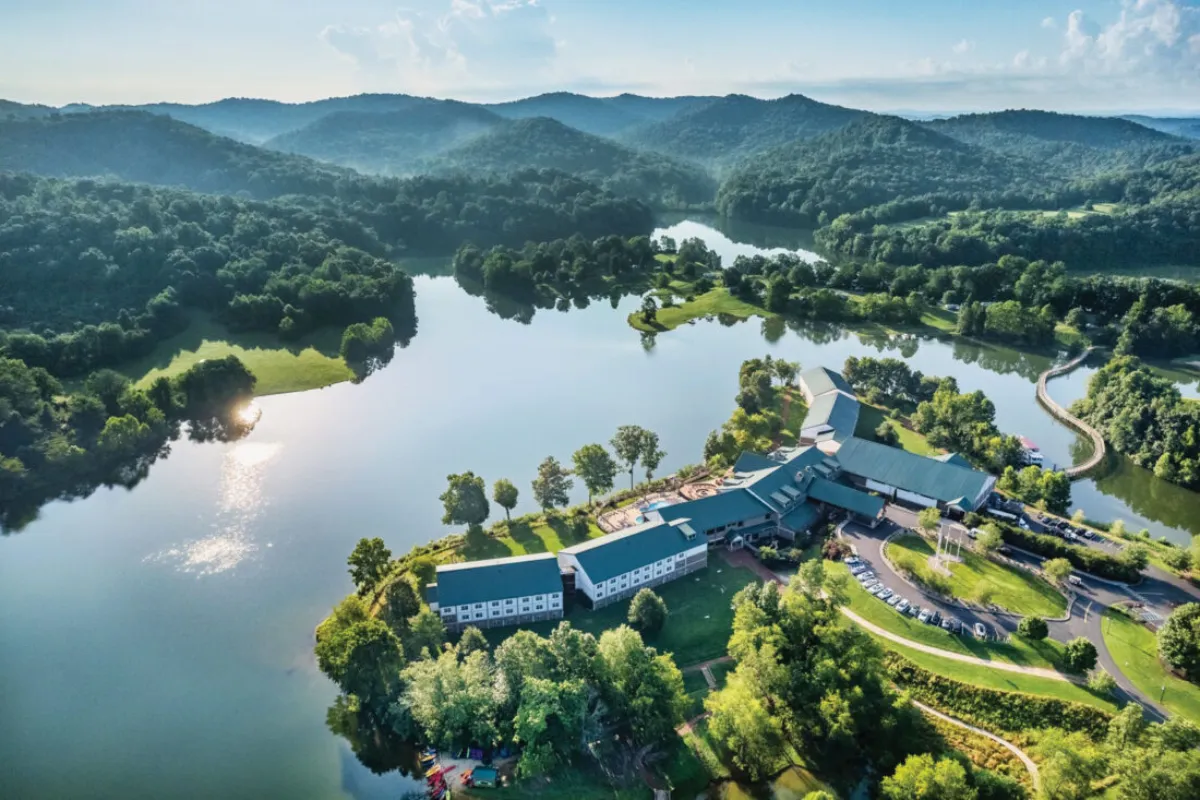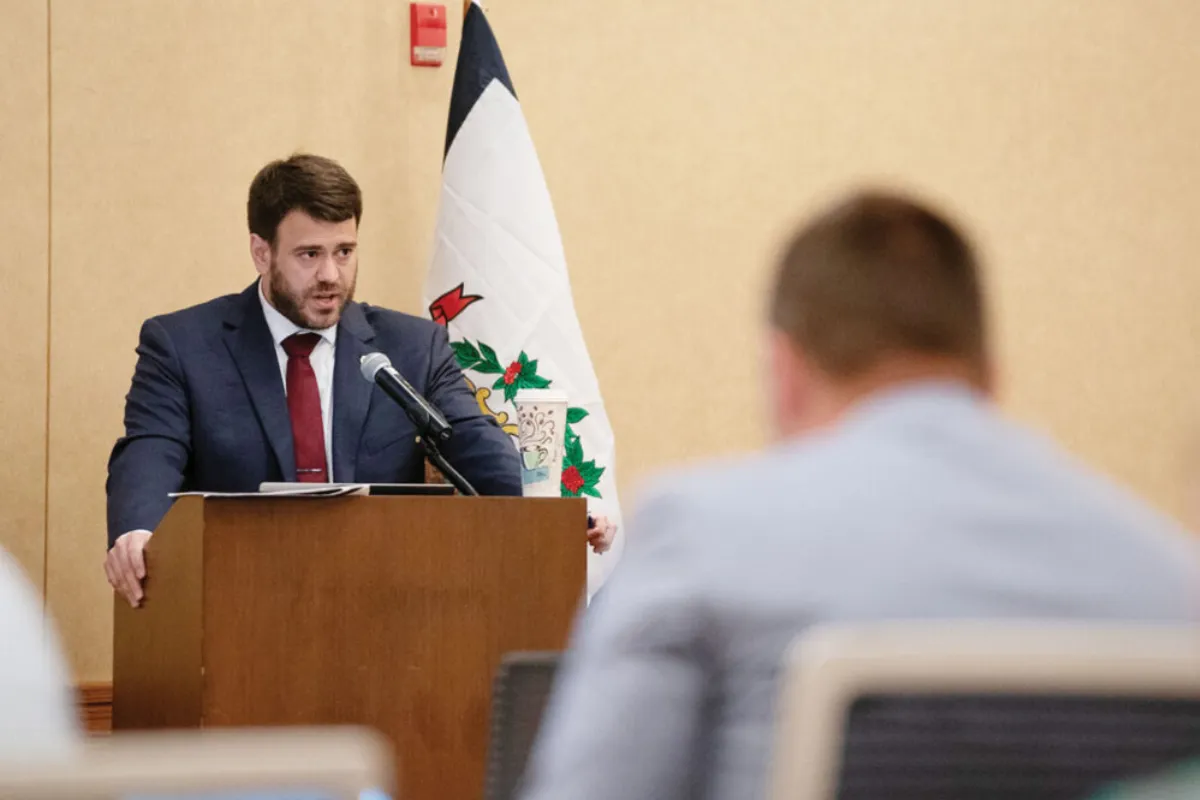A few years ago, you couldn’t give away 4,000 tickets to a West Virginia University baseball game. Today, 4,000 fans pack the stands each game, and Mountaineer pride is soaring as the team earns its place on the national stage.
For outfielder Kyle West, a Hedgesville native and one of the team’s top hitters, the moment is deeply personal.
“As a West Virginia native, getting to play in the postseason for this state means everything,” West said. “It’s something a lot of people care about, and it means a lot to all of us from here.”
West, who hit 14 home runs last season and helped lead WVU to its first-ever super regional, now leads the team with a .354 batting average. As the Mountaineers (41-14) head into the NCAA tournament to face Kentucky at noon Friday, the pride and excitement around this team are at an all-time high.
A Homegrown Team with Big Dreams
WVU’s roster is stacked with local talent—players who grew up dreaming of playing for their home state.
- Grant Hussey, a former Parkersburg South standout, is now the program’s all-time home run leader with 44.
- Jace Rineart from Mannington leads the team in RBIs with 50.
- Ben McDougal of Bridgeport has been solid in relief appearances.
- Bryant Yoak from Big Bend has pitched in 13 games this season.
“The pride I carry is immense,” West added. “It’s not every day you get to represent your home like this. It’s the highlight of my career.”
Regional Familiar Faces
The Clemson Regional features more than just WVU’s stars. Familiar West Virginia names appear across the board:
- Cayden Mackey, a USC Upstate freshman, also played at Parkersburg South.
- Ryan Fluharty, another Morgantown product, played at USC Upstate before entering the transfer portal.
WVU’s own Skylar King, a center fielder from Columbia, S.C., will play near home. Outfielder Ben Lumsden will be even closer—just 47 miles away from his hometown of Simpsonville.
Facing Off Against Top Talent
Clemson outfielder Cam Cannarella stands out as one of the most promising players in the regional. He’s the only athlete among the four teams—WVU, Clemson, Kentucky, and USC Upstate—ranked among ESPN and MLB.com’s top 150 prospects for the 2025 MLB draft.
Cannarella is currently ranked No. 34 by ESPN and No. 38 by MLB.com. With a .339 average, 45 RBIs, and standout defensive play, he’s a major player to watch.
“Cam makes winning plays. Period,” Clemson head coach Erik Bakich said. “He’s fiery, composed, and elite on defense.”
WVU’s Pitching Plan
WVU’s postseason success may come down to its pitching staff. While Griffin Kirn, a senior left-hander, has emerged as the team’s most reliable starter, the rest of the rotation has been inconsistent.
Kirn picked up a win over Cincinnati in the Big 12 tournament, the only WVU starting pitcher to record a win in the last nine games.
Jack Kartsonas, who started the Big 12 semifinal against Arizona, has struggled recently, allowing 10 runs over his last three starts. Still, WVU coach Steve Sabins believes in both Kirn and Kartsonas.
“Kirn and Kartsonas are veterans who compete hard,” Sabins said. “As a coach, you make decisions based on who you’re willing to lose with. I’m willing to lose with those two guys.”
If WVU reaches a third game in the regional, it will likely be a “pitcher-by-committee” situation.
Reliever Carson Estridge is expected to return for the NCAA tournament after missing the Big 12 tournament. He holds a 3-1 record and five saves, though he’s struggled in recent outings, allowing 10 runs in his last four appearances.
Starting pitcher Gavin Van Kempen, dealing with shoulder soreness, is less likely to return in time.
“He’s working to get ready, but I don’t know if it’s realistic,” Sabins said. “He seems further away than Estridge.”









